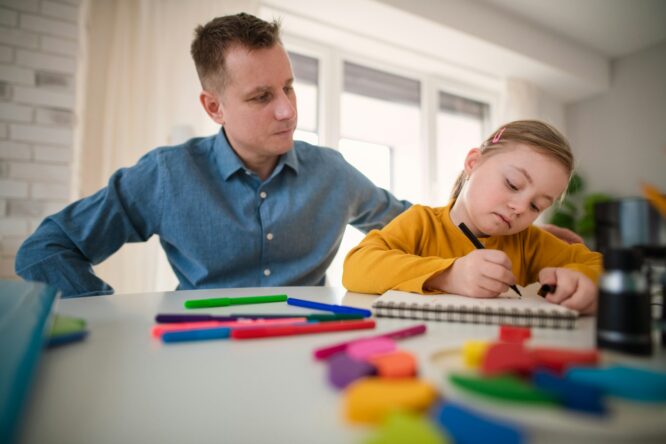Most kids dream of having a pet, whether it’s a dog, cat, hamster, or even something a little more unusual.
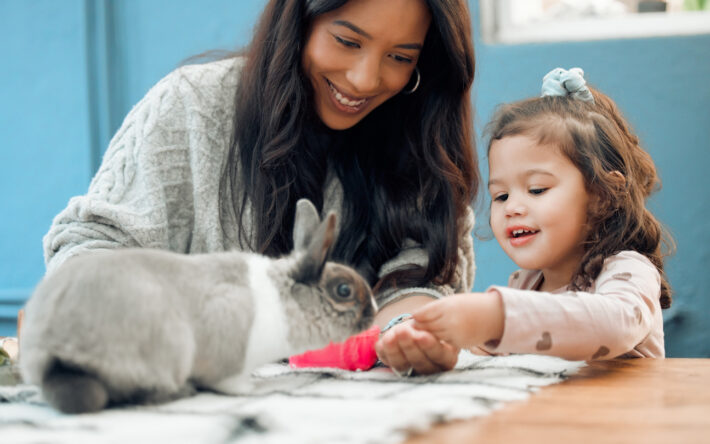
While parents might worry about the mess, responsibility, and commitment, having a furry friend in the home offers so much more than just a cute companion. Beyond the cuddles and fun, pets teach kids valuable life lessons, improve their emotional well-being, and even help with their social skills. If you’re on the fence about bringing a pet into your home, here’s why it could be one of the best decisions you make for your child.
1. They learn responsibility in a hands-on way.
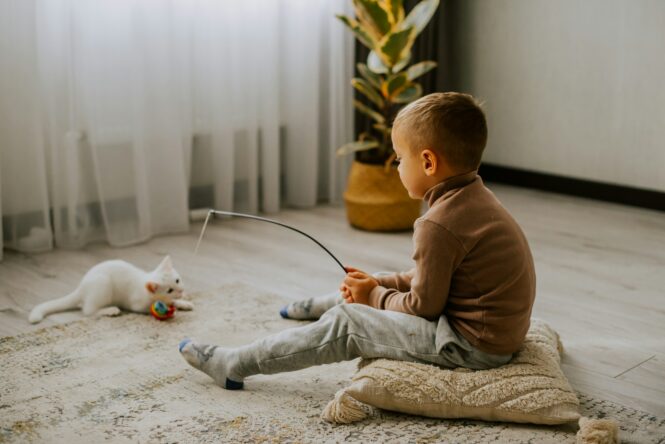
Having a pet isn’t just about playing and having fun—it’s a real commitment. Kids quickly learn that their pet depends on them for food, water, exercise, and care.
Instead of just being told about responsibility, they experience it firsthand. Feeding a cat, cleaning a hamster cage, or taking a dog for a walk all reinforce the idea that taking care of something requires effort and consistency. These small daily tasks help them develop a sense of accountability that translates into other areas of life.
2. It helps them develop empathy.
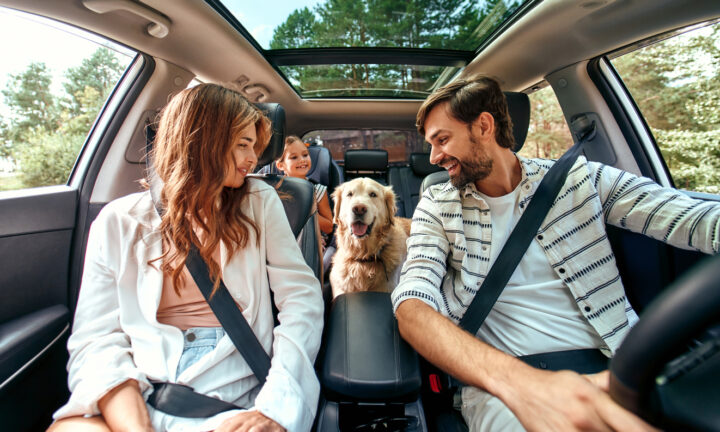
Understanding the needs of another living being is a powerful lesson in empathy. Kids who care for pets become more aware of how their actions affect other people.
When a child notices their dog is sad when left alone or that their guinea pig gets excited at feeding time, they start recognising emotions beyond their own. That translates into better social skills and stronger relationships with people, too. Learning how to be kind and patient with a pet can make them more compassionate in their interactions with friends, family, and even strangers.
3. Pets can be a great source of comfort.
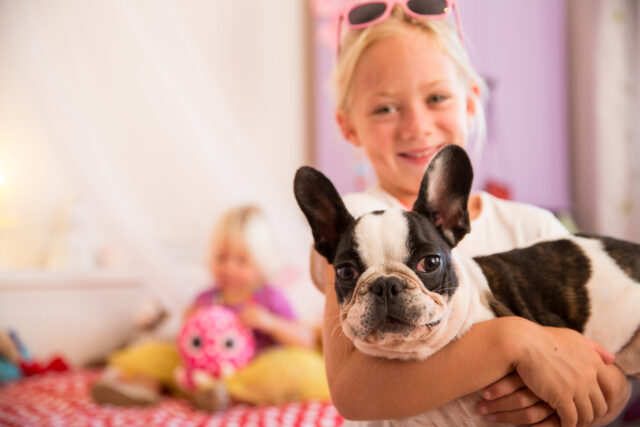
Life can be tough for kids—friendship drama, school stress, and big emotions are all part of growing up. A pet provides unconditional love and support, helping kids feel less alone.
Just cuddling a pet or talking to them about their day can be incredibly soothing. A pet won’t judge, won’t interrupt, and is always there, making them the perfect companion for tough days. Research even shows that spending time with pets can lower stress hormones and boost serotonin, which can improve a child’s mood and overall wellness.
4. They encourage more physical activity.

Many kids spend a lot of time indoors, but having a pet, especially a dog, naturally encourages more movement. Walks, playtime, and outdoor adventures become part of daily life.
Even small pets like rabbits or ferrets need interactive play, keeping kids engaged and active. Instead of spending another hour on a tablet or gaming console, children with pets are more likely to be outside, playing, and moving around, which helps with overall physical health.
5. Pets teach patience.

Animals don’t always behave the way we expect them to. Training a pet, getting them to eat new food, or simply waiting for a shy cat to warm up takes patience.
Kids learn that they can’t always get what they want right away. Instead of instant gratification, they understand that building trust and caring for another being takes time and consistency. This lesson in patience can help them in school, friendships, and other areas of life where persistence is needed.
6. It builds confidence and independence.
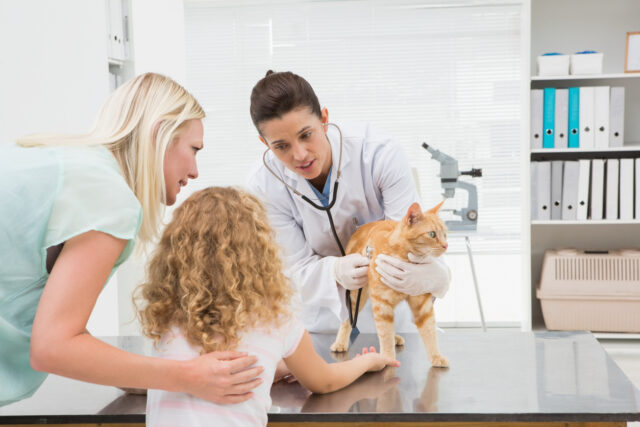
Taking care of a pet gives kids a sense of achievement. Whether it’s remembering to feed the fish every morning or teaching their dog a new trick, these small moments build confidence.
When kids see that their actions directly impact their pet’s happiness and well-being, they feel a sense of pride and independence that carries over into other areas of life. Knowing that they are trusted with an important responsibility helps them believe in their own abilities and decision-making skills.
7. They provide a social bridge for shy kids.
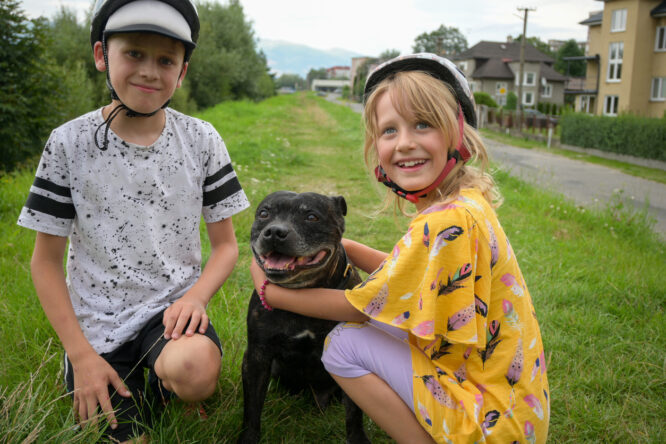
Some kids struggle to make friends or feel nervous in social settings. A pet can be an instant conversation starter, making it easier to connect with other people.
Walking a dog, talking about their pet at school, or even having friends over to meet their pet can make social interactions feel more natural and less intimidating. Kids with pets often find that their furry friends give them a sense of confidence when talking to new people.
8. It helps kids handle grief and loss.
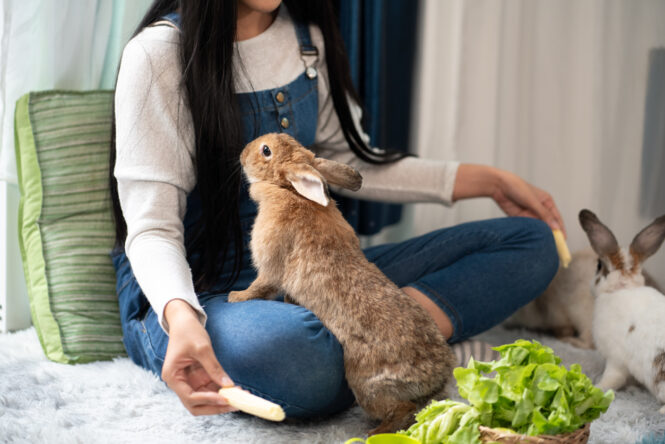
While it’s never easy, experiencing the loss of a pet can help children understand emotions like grief in a safe and supported way.
It teaches them that loss is a part of life and helps them develop emotional resilience. With guidance, they learn how to honour memories, process sadness, and find comfort in the love they shared with their pet. Learning about loss in a loving environment can prepare them for future challenges and help them develop healthy coping mechanisms.
9. They develop a stronger immune system.
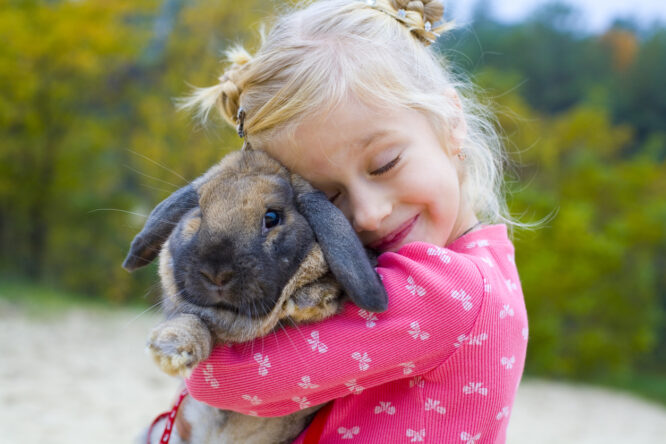
Studies show that kids who grow up with pets tend to have stronger immune systems and fewer allergies. Exposure to pet dander and outdoor elements can help their bodies build tolerance.
While it might seem counterintuitive, being around pets from a young age can actually reduce the likelihood of developing allergies and asthma later in life. Their immune system gets used to a variety of bacteria, which can make them healthier overall.
10. It teaches them the importance of routine.
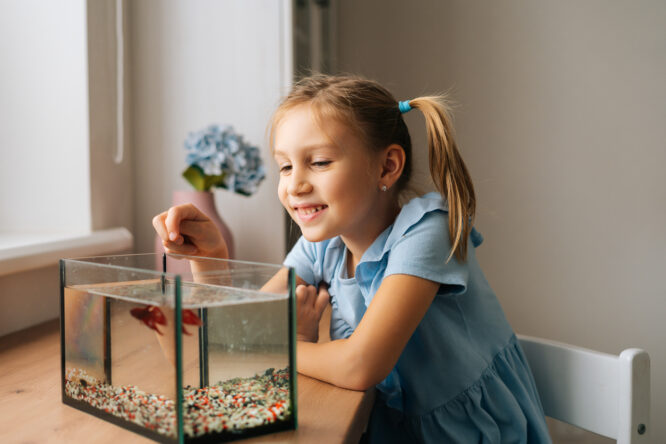
Pets thrive on routine, whether it’s feeding times, bathroom breaks, or daily walks. Having a pet teaches kids the importance of structure and consistency.
Knowing that their pet relies on them encourages kids to develop good habits, like getting up at a certain time or remembering responsibilities without constant reminders. Learning how to stick to a schedule can help them in school and later in life when balancing multiple commitments.
11. Pets can reduce stress and anxiety.
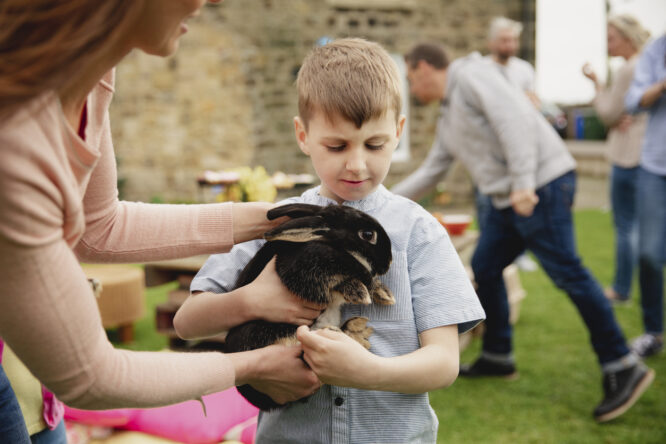
Simply being around animals has been shown to lower stress levels. The act of petting a dog or cat releases oxytocin, a hormone linked to bonding and relaxation.
For kids who struggle with anxiety or have trouble winding down, spending time with a pet can be a natural way to feel calmer and more at ease. Having a pet can even help children with separation anxiety by giving them a comforting presence when they’re alone.
12. They teach kids to be gentle and respectful.
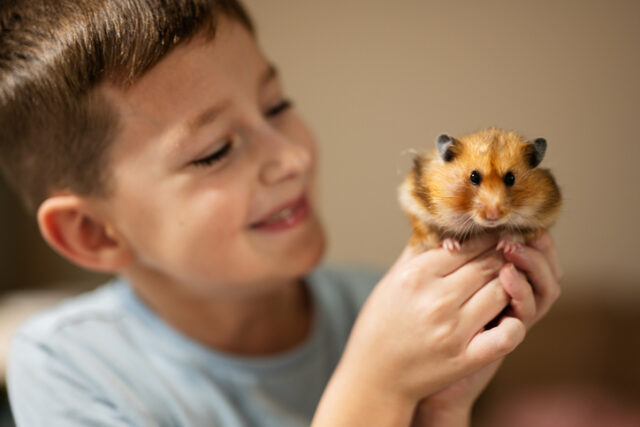
Having a pet teaches kids how to handle animals gently and respectfully. They learn that pulling a dog’s tail or being too rough with a rabbit isn’t okay.
This early lesson in treating animals kindly carries over into how they interact with people, reinforcing the importance of being considerate and mindful of other people. They start to understand boundaries and the importance of respecting personal space, which are essential social skills.
13. It creates happy childhood memories.
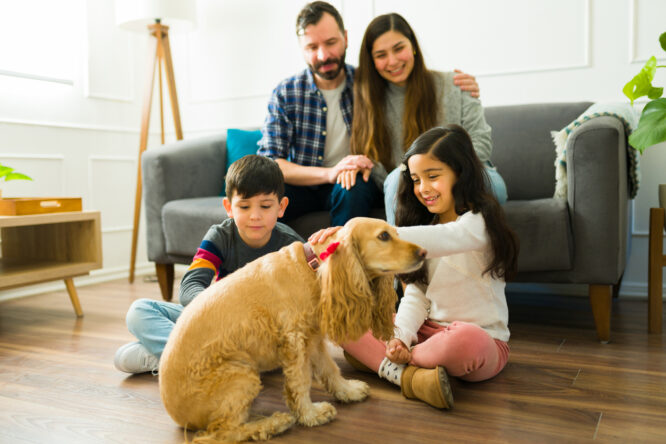
For many adults, some of their best childhood memories involve a beloved pet. Growing up with an animal companion adds joy, laughter, and unforgettable moments.
Whether it’s teaching their dog a funny trick, cuddling with their cat after a tough day, or even the mischievous adventures of a pet hamster, these experiences stay with them for life, reminding them of the love and happiness that pets bring. Those special moments of bonding become cherished memories that they’ll carry into adulthood.

